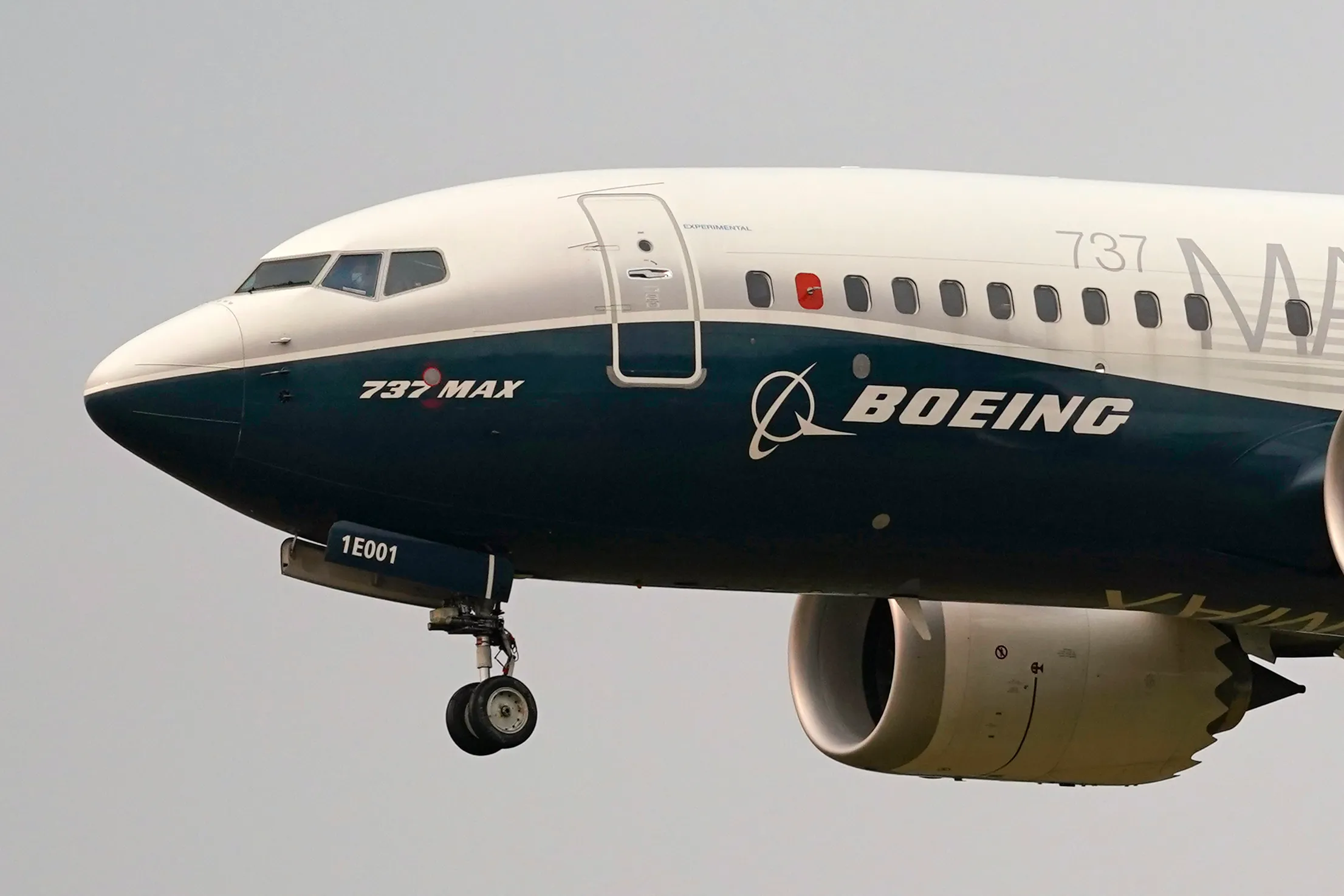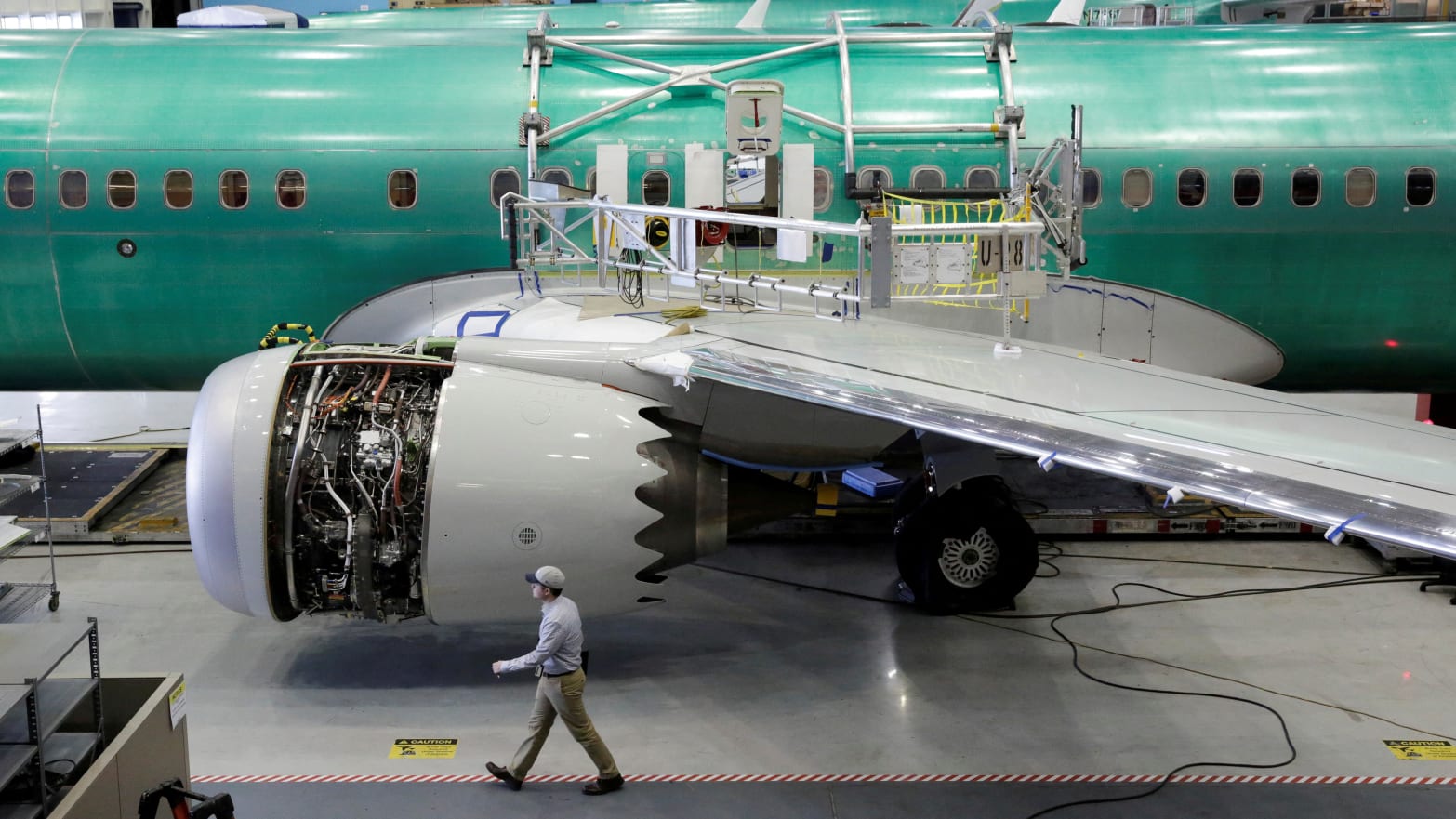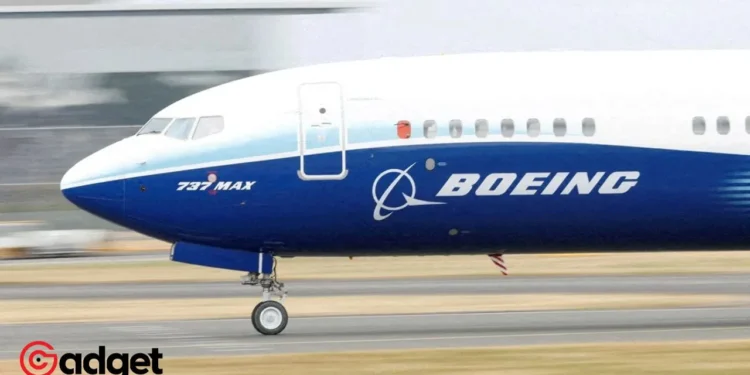The year 2024 has proven to be an uphill battle for Boeing, a titan in the aerospace industry, as it faces one calamity after another, shaking the confidence of investors, regulators, and the flying public. This series of mishaps not only puts the spotlight on the aviation giant’s operational challenges but also raises serious concerns about the safety protocols and quality controls in place. Here’s an in-depth look at the cascade of events that have led Boeing into turbulent skies.

The Incident That Shocked the World
On a seemingly routine flight from Australia to New Zealand, passengers aboard a LATAM 787 Dreamliner experienced sheer terror as the aircraft plunged suddenly mid-flight. The pilot, battling against the odds, managed to regain control and safely land the plane, but not before dozens were injured in the harrowing ordeal.
This incident, described by LATAM as a “technical event,” is yet another blow to Boeing’s reputation, already tarnished by a string of recent failures.

A Chain Reaction of Misfortunes
The trouble for the company started early in the year when an Alaska Airlines 737 Max encountered a frightening malfunction just after takeoff, with part of the aircraft blowing off. This incident led to a nationwide grounding of certain 737 Max jets, congressional hearings, and a slew of investigations, highlighting potential oversights in its manufacturing process.
Subsequent reports of flight control issues with United Airlines’ 737 Max and safety concerns regarding de-icing equipment on both the 737 Max and 787 Dreamliner models have further compounded Boeing’s woes.
These issues have not only resulted in financial losses, with the company’s stock plummeting and billions of dollars in market valuation wiped out, but have also raised red flags with federal regulators.
Congressman @USRepKeating recently disclosed selling @Boeing shares on Feb 28, 2024, valuing nearly $15K.
This decision coincided with the #aerospace giant encountering safety & quality issues in manufacturing, as noted by the FAA.
Learn More:https://t.co/RHReaoMi83
— Capitol Trades (@capitol2iq) March 13, 2024
Regulatory Scrutiny and Boeing’s Response
The Federal Aviation Administration (FAA) and the National Transportation Safety Board (NTSB) have been closely monitoring Boeing’s actions in the wake of these incidents. The FAA’s recent audit revealed significant gaps in Boeing’s production and assembly processes, underscoring the need for stringent quality control measures and efficient tool management within its factories.
The Airplane giant has pledged to address these concerns, promising to implement immediate changes and develop a comprehensive action plan to bolster safety, and quality, and regain trust. The company’s commitment to transparency and taking “significant, demonstrated action” is a step toward rectifying its current predicament.

Looking Ahead: Restoring Trust in Boeing
As Boeing grapples with its production and safety challenges, the path to recovery will undoubtedly be steep. Restoring the confidence of airlines, regulators, and passengers is paramount, but each new incident makes this task increasingly daunting. The aerospace behemoth’s efforts to overhaul its quality and safety standards will be closely watched by stakeholders worldwide.
In a competitive and safety-critical industry like aviation, the margin for error is virtually nonexistent. The company’s journey through 2024 serves as a stark reminder of the importance of rigorous quality controls and the potential consequences of their absence.
The world will be watching to see if Boeing can navigate through these turbulent times and emerge stronger, with a renewed commitment to safety and excellence in aviation.










